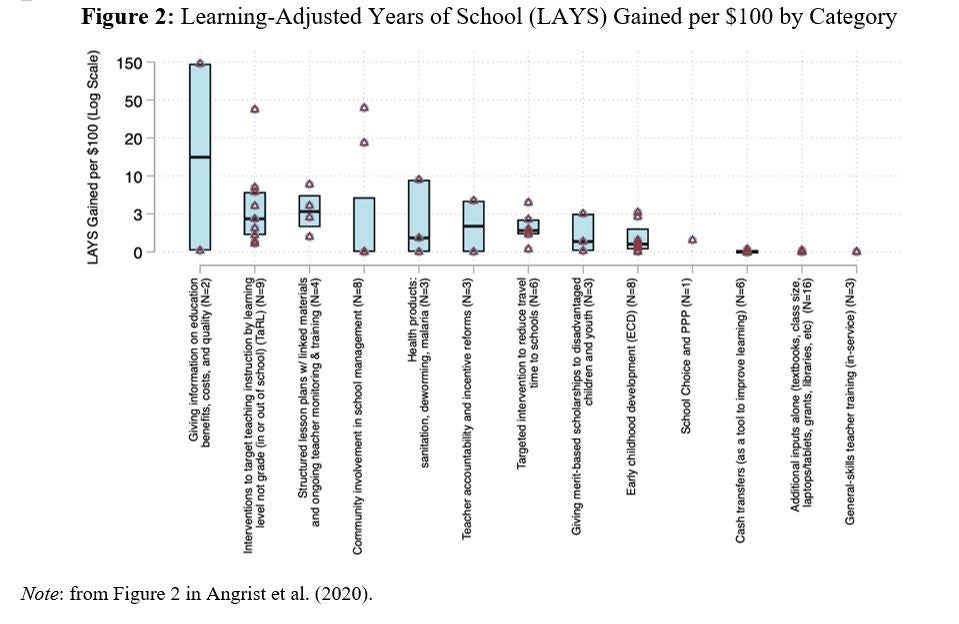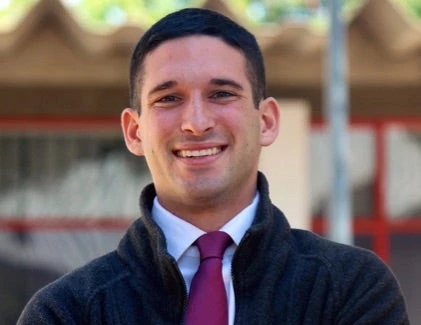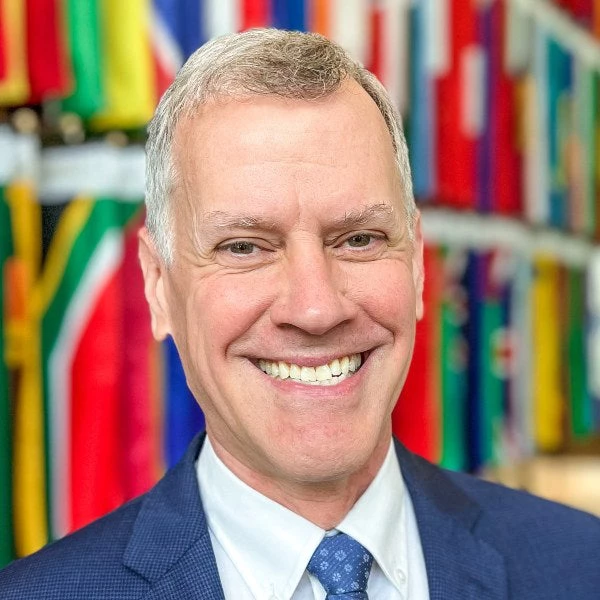 School
School
In 2019 it was estimated that 53 percent of children in low- and middle-income countries cannot read and understand a simple story by the end of primary school. In poor countries, the level is as high as 80 percent. With over 1.6 billion children out of school at the height of the COVID-19 epidemic, these numbers are likely to get worse. And since many countries are experiencing sharp economic downturns, the pandemic has also tightened government budgets, especially for education. Together, these numbers reinforce the need to prioritize cost-effective investments in education.
The World Bank’s recently launched Human Capital Index (HCI) reveals striking gaps in human capital across countries: a child born in a low-income country can expect to be 37 percent as productive as if she had full education and full health relative to 70 percent for a child born in a high-income country. Most of the differences across country-income groups in human capital are attributable to the education component of the index. Of the 33-percentage-point difference between the scores of the average low and high-income country, almost 25 percentage points are accounted for by the differences in learning-adjusted years of school, a measure that combines expected years of school with learning as measured by harmonized learning outcomes (i.e., test scores that are made comparable across countries).
Another important insight from the HCI is how little learning has improved in the last decade, as shown in Figure 1 below. An analysis of learning outcomes between 2010 to 2020 reveals little to no progress in learning across nearly all income categories. This is in contrast to the improvements we have seen in health (child and adult survival and stunting), which account for about half of the HCI’s changes over the last decade, and the increases in enrollments (especially at pre-primary and secondary school levels), which account for the bulk of remaining changes.
So, what can be done to build human capital by improving learning? A new paper released in the World Bank working paper series by Angrist et al. (2020), How to Improve Education Outcomes Most Efficiently? A Comparison of 150 Interventions Using the New Learning-Adjusted Years of Schooling Metric, reveals ideas that have worked. The authors find that some of the most cost-effective programs deliver the equivalent of three additional years of high-quality schooling (that is, schooling at quality comparable to what the highest-performing education systems offer) for just $100 per child—compared with zero years for other classes of interventions.
The main message is that despite the huge challenges children and schools face in low- and middle-income countries, the right investments can deliver huge returns. It also shows how by using evidence, policymakers can make the best use of available resources to improve learning and access, while avoiding costly mistakes. Three of the most cost-effective approaches are: targeted information campaigns on benefits, costs and quality; interventions to target teaching instruction by learning level rather than grade (such as “Teaching at the Right Level” interventions and tracking interventions); and improved pedagogy in the form of structured lesson plans with linked student materials, teacher professional development, and monitoring (which includes multi-faceted interventions such as Tusome in Kenya). In India, targeted instruction can yield up to 4 additional learning-adjusted years of schooling per $100. Other interventions like providing school inputs alone (such as providing more computers or textbooks without other necessary changes) perform poorly because they tend not to boost access or learning substantively. So the choice of interventions matters: spending the marginal dollar of government expenditure on high-efficiency rather than low-efficiency educational investments could yield substantial benefits.
This evidence has fed into the work of the Global Education Evidence Advisory Panel (GEEAP), co-chaired by Nobel laureate Abhijit Banerjee and Silvia Schmelkes, the former director of the Mexican National Institute of Educational Evaluation, who are joined by 10 other leading experts (see full panel here). Convened by the World Bank and the Foreign, Commonwealth & Development Office (FCDO) and hosted by the Building Evidence in Education working group, this panel will meet periodically assess the latest available evidence and new classes of interventions. The panel’s first report, which focuses on smart buys in education, draws on this new LAYS-based cost-effectiveness research.
The types of improvements in quality education shown to be possible in Angrist et al. (2020), with up to 3 years of high-quality schooling gained, could produce substantial changes in human capital accumulation. It’s important to note that it’s not enough to invest in interventions like these, no matter how well chosen: meaningful and sustained improvements need to be supported by system-level reforms (as elaborated on in the 2018 World Development Report). But implementing and scaling up cost-effective interventions will be a crucial part of making systems work better for all children and youth. The HCI shows that large gains in education quality have been difficult to attain to date, but are possible. And given the learning losses we’re seeing due to COVID-19, they’re not just possible—they’re essential. Investments in the most cost-effective education investments will be needed more than ever before, and this new research highlights a way forward.








Join the Conversation